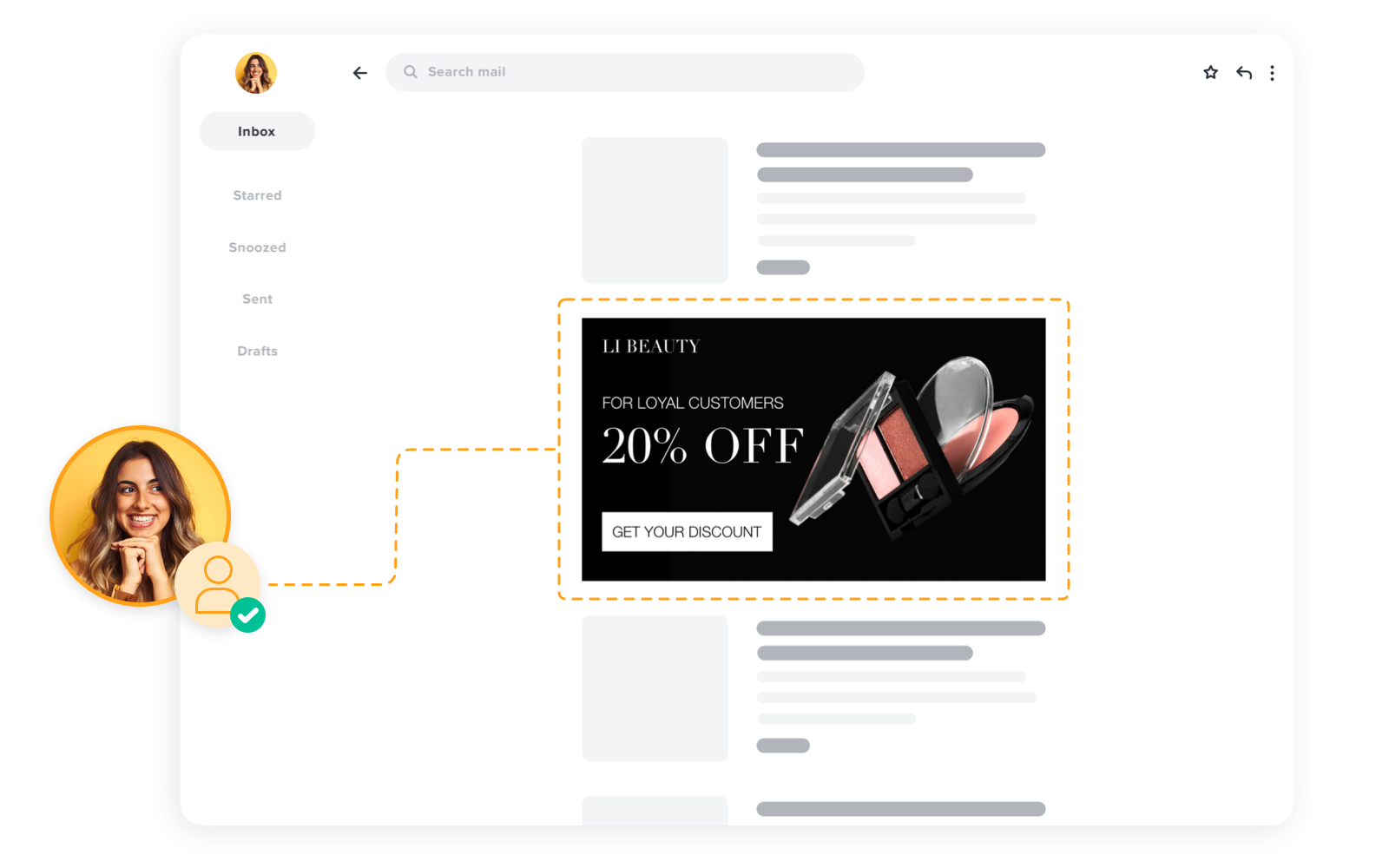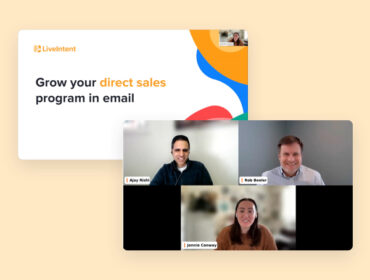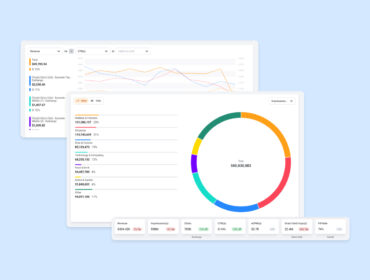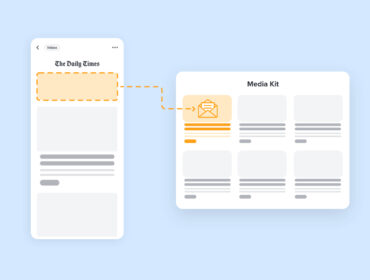The Email Channel: a Publisher’s very own logged-in Walled Garden
It’s a steady drumbeat of the same story, the most notable in the NYT: Silicon Valley Ditches News, Shaking an Unstable Industry. This time: there’s a significant decline in referral traffic from major online platforms. Publishers are learning that the era of depending solely on walled gardens like Meta and Google, and Twitter for web traffic is coming to an end.
Of course, this isn’t new. Publishers are again learning a lesson they have learned before, whether it be from pivots to video or errors in attribution: Publishers can’t be fully reliant on the walled gardens.
This time, the article reasserts what the industry already knows; The walled gardens have lost key executives and that’s led to policy changes that hurt publishers (Campbell Brown’s exit from Facebook, Twitter’s removal of headlines, and Instagram’s Threads app refusing to amplify news.) As a result, they’ve suffered a significant decline in web referral traffic from walled gardens like Facebook, Google, and Twitter for web traffic. The percentage of web traffic from social networks has dropped from 11.5% in September 2020 to 6.5% in September 2023.
With so much tumult, how can publishers protect their interests and maintain control over their destiny in this evolving landscape?
Publishers must focus on channels they own, like their owned and operated email channels. The Walled Gardens see so much success because their inventory is logged-in and targetable. What else is logged-in and targetable, that Publishers own without the walled gardens having a way to disrupt? Their email newsletters and alerts.

With email, Publishers have that same value proposition that advertisers love (and has driven Meta and Google valuations)
When publishers prioritize their email newsletters, they are leaning into an asset that only appreciates in value. Email remains a potent tool for driving traffic to a publisher’s site and acts as a direct line of communication with consumers because newsletters provide publishers with a level of control that is increasingly rare in an age dominated by algorithmic decisions.
Additionally, by leaning into email, Publishers are leaning into the creation and refinement of first-party data, another bulwark against the walled gardens, particularly as third-party cookies go away.
Email isn’t just about sending and receiving email: it’s the key to identity in a changing world. Publishers with substantial email assets are better positioned to thrive in a third-party cookie challenged environment, both with revenue created in the email channel, and the addressability inherent in the email addresses themselves as they’re leveraged for resolving audiences wherever people are present and paying attention.
As major tech platforms become less reliable, LiveIntent sees the decline of the social web as liberating. This shift opens up opportunities for publishers to strengthen their direct connections with readership through branded newsletters, homepage engagement, and other direct channels.
Adrienne LaFrance, the executive editor of The Atlantic, emphasized the same point in the story, when talking about how The Atlantic was pushing branded newsletters in the wake of the changes “Direct connections to your readership are obviously important. We as humans and readers should not be going only to three all-powerful, attention-consuming mega-platforms to make us curious and informed.”
Publishers that embrace email today are freeing themselves from the shackles of the walled gardens. But even more, those same Publishers will have the upper hand once the other third-party cookie shoe drops.


